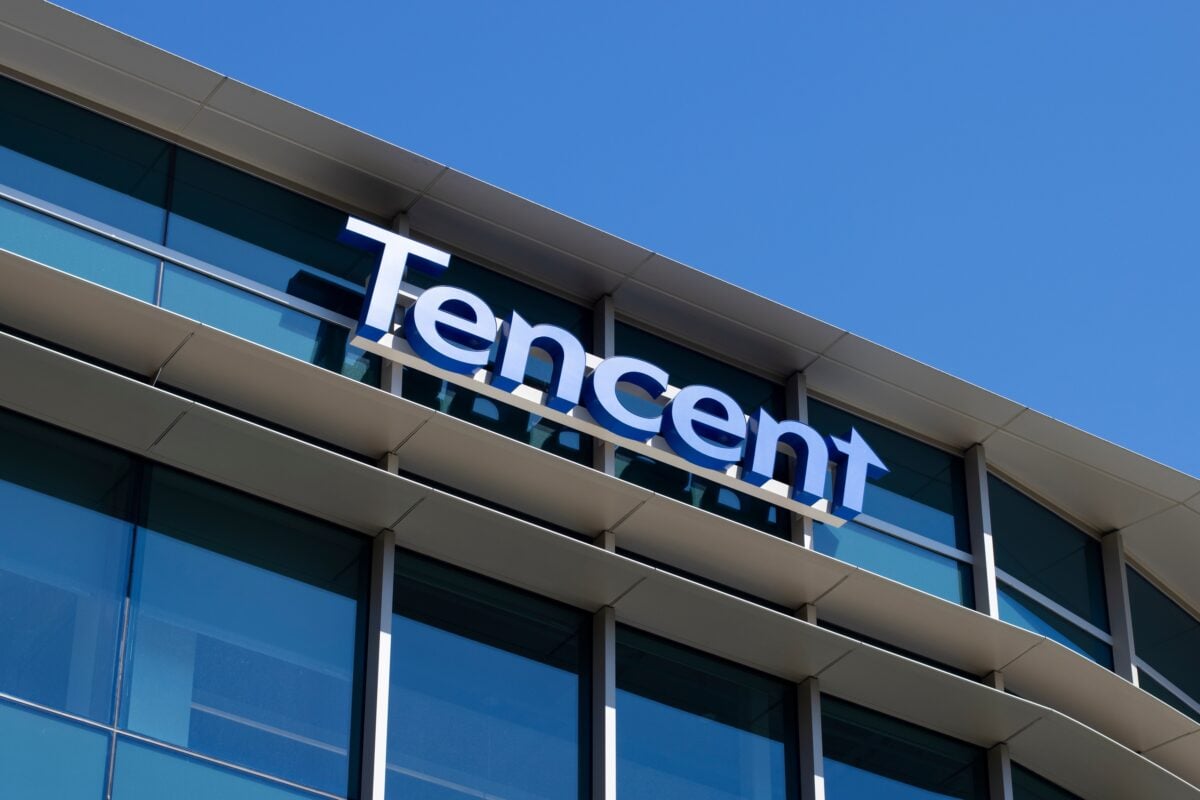The logo of e-commerce company Amazon prime is pictured on a parcel, in Manta, Northwestern Italy, on March 29, 2024. (Photo by MARCO BERTORELLO / AFP) (Photo by MARCO BERTORELLO/AFP via Getty Images)
AFP via Getty Images
Amazon has launched its first ever golf ball, the Amazon Basics Soft Core, featuring two-piece construction and available in both white and yellow covers for $14.49 per dozen.
With this release, Amazon enters the value golf ball market alongside competitors such as Costco’s Kirkland Signature, Callaway’s Warbird, and TaylorMade’s Distance balls.
Costco’s Kirkland brand has long been considered the market leader in affordable, high-performance golf balls, retailing for $34.99 for two dozen. The three-piece Kirkland 3.5 ball has been tested head-to-head against the “Number One Ball in Golf,” the Titleist Pro V1. Independent testing showed the Kirkland produced slightly more distance and tighter dispersion with the driver compared to the Pro V1. However, it recorded shorter distances and larger dispersion with a 7-iron and longer but less consistent results with a wedge.
In early testing conducted by YouTuber Mr. ShortGame, the Amazon Basics Soft Core performed pretty well. He observed that it produced higher launch, higher peak height, and lower spin than the Pro V1. During his 7-iron testing the Amazon Basics ball just feels springier.
It sounds and feels a little different. When you miss it right, slice it, the ball is not getting too much spin. It’s a low spin high launch golf ball that can offer golfers a more forgiving option and could minimize big misses that balls with more spin may emphasize.
The Amazon Basics golf ball is manufactured by SM Global, a Chinese company that also produces golf balls for Costco’s Kirkland and PXG.
While performance appears promising, the packaging and design have been described as dull. The box is a plain brown cardboard with minimal branding, and the balls feature the Amazon Prime logo with standard numbering from 1–4.
In recent years, smaller golf ball brands have emerged to offer cost-effective alternatives to major names. Companies such as Snell, Encore, and OnCore have gained traction in this segment. However, at roughly $1 per ball, the Amazon Basics Soft Core is by far the most affordable option among them.
Amazon already offers a wide range of Basics products in fitness apparel and exercise equipment, but the Soft Core marks the company’s first foray into golf and sporting goods.
Source: https://www.forbes.com/sites/break80/2025/10/26/amazon-launches-its-first-ever-golf-ball-at-12-per-dozen/


